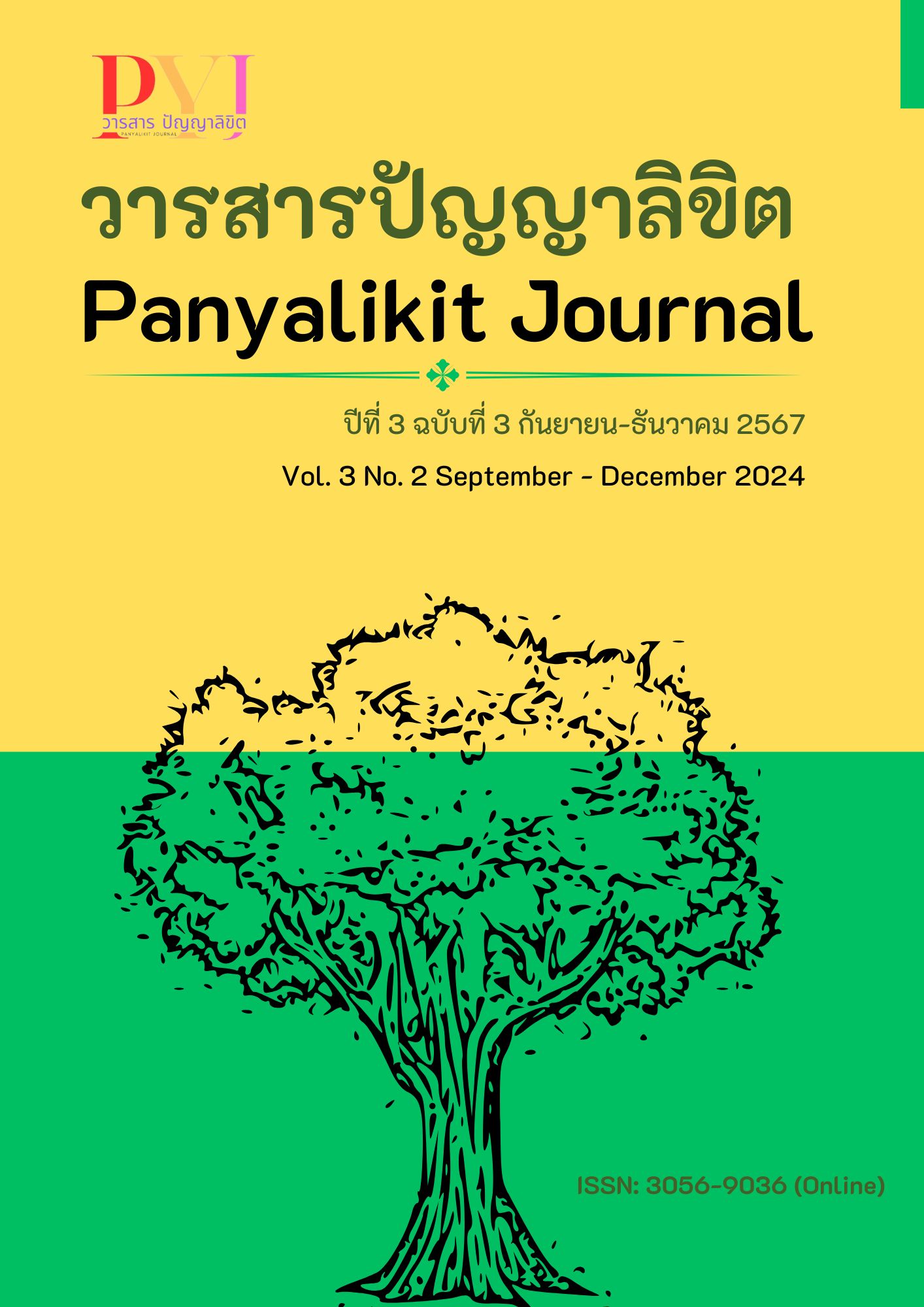Dark Code: Decoding the Impact of Harmful Content on Youth Ethics
Main Article Content
Abstract
This academic article aims to study the impact of harmful content on the ethics of youth in the digital age and propose preventive measures at multiple levels, including the family, educational institutions, and society. The focus is on enhancing life skills and ethical resilience in young people to enable them to navigate the digital world safely and responsibly. Harmful content to the ethics of youth is a critical issue in the digital age, which can be examined in two main aspects: the effects on youth. Exposure to harmful content affects youth in various dimensions. In terms of moral development, youth may become confused in distinguishing right from wrong due to the presentation of inappropriate behaviors in ways that encourage imitation. In terms of emotions and psychology, exposure to violent or bullying content can reduce empathy for others and impact emotional intelligence. In terms of behavior, youth may absorb and mimic risky behaviors they see in the media, without considering the consequences. Preventive measures must be implemented at various levels, starting with the family. Parents should provide guidance and closely monitor the digital media use of youth, fostering open communication so that youth feel comfortable seeking advice when encountering inappropriate content. At the educational level, media literacy education should be provided, developing critical thinking and decision-making skills. At the societal level, collaboration among the government, platform providers, and civil society is necessary to develop a safe digital ecosystem. Effective preventive measures should focus on building internal resilience in youth, rather than relying solely on external control. This involves developing life skills, ethical strength, and the ability to protect oneself from digital dangers, while also creating an environment conducive to creative learning and development. Solving this issue requires cooperation from all sectors, balancing the protection of youth and promoting the development of necessary skills for living safely and responsibly in the digital age.
Article Details

This work is licensed under a Creative Commons Attribution-NonCommercial 4.0 International License.
References
ณัฐพร กาญจนภูมิ. (2565). พฤติกรรมการเรียนรู้ของเยาวชนในยุคดิจิทัล. กรุงเทพฯ: จุฬาลงกรณ์มหาวิทยาลัย.
ผาสุข อินทราวุธ. (2564). พลวัตสื่อดิจิทัลกับพฤติกรรมเยาวชน. กรุงเทพฯ: จุฬาลงกรณ์มหาวิทยาลัย.
วรากรณ์ สามโกเศศ. (2562). จริยธรรมในยุคดิจิทัล. กรุงเทพฯ: โครงการตำราวิชาการ.
วันชัย วงษาสนธิ์. (2562). พฤติกรรมเสี่ยงของวัยรุ่นในยุคดิจิทัล. วารสารพฤติกรรมศาสตร์, 25(2), 45-60.
วิศนี ศิลตระกูล. (2564). จริยธรรมดิจิทัล: การเปลี่ยนผ่านทางสังคม. กรุงเทพฯ: มหาวิทยาลัยธรรมศาสตร์.
สำนักงานพัฒนาธุรกรรมทางอิเล็กทรอนิกส์. (2563). รายงานผลการสำรวจพฤติกรรมผู้ใช้อินเทอร์เน็ตประเทศไทย. กรุงเทพฯ: กระทรวงดิจิทัลเพื่อเศรษฐกิจและสังคม.
Bandura, A. (1977). Social learning theory. Englewood Cliffs, NJ: Prentice-Hall.
Castells, M. (2010). The rise of the network society (2nd ed.). Wiley-Blackwell.
Hootsuite & We Are Social. (2565). Digital Report Thailand. Retrieved June 13, 2024, from https://www.digitalreport.asia
Jenkins, H. (2006). Convergence culture: Where old and new media collide. New York: New York University Press.
Kohlberg, L. (1958). The development of modes of moral thinking and choice in the years 10 to 16 (Doctoral Dissertation). University of Chicago.
Van Dijck, J. (2013). The culture of connectivity: A critical history of social media. Oxford: Oxford University Press.


